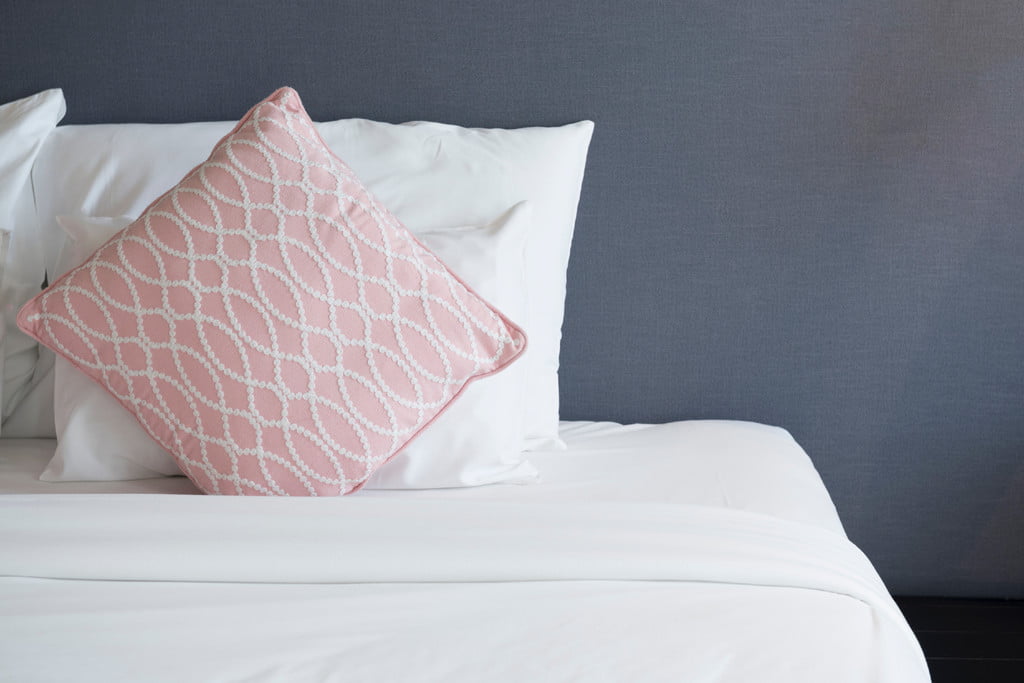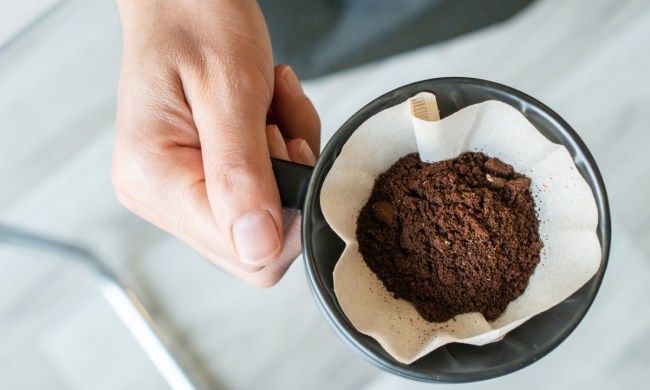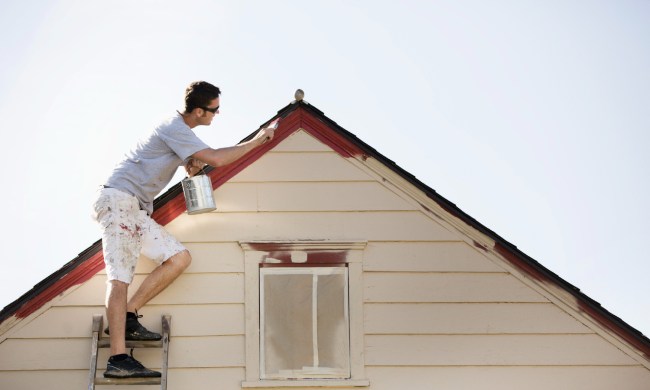A bed should be a sanctuary of comfort and calm. Making your bed comfortable and conducive to the best possible quality of sleep is something that everyone spends time doing, whether they realize it or not. Finding the right pillows, blankets, mattress, and sheets is essential if you want to get good sleep regularly. So, once you find the perfect combination of bed and bedding, it’s important to keep your sheets clean and fresh. Not only is this important for hygiene’s sake, but there is also just something about clean sheets that makes getting into bed that much better.
But all good things must come to an end eventually, so how do you know when it’s time to let go of that broke-in, comfy linen sheet set completely and buy new ones. We’ve done the homework for you and found the things to look for so you know when it’s time to replace those sheet sets. We also have some intel on the best linen sheets, so read on to find out more.

What to look for
Bedding wears out much quicker than you may think — long before it looks old. You should replace pillows every two to three years, and mattresses usually last between five and 10 years depending on several factors, such as if you have allergies and how often the items are used. The length of life for sheets also depends on these details, as well as the quality of the sheets and how you take care of them. All fibers break down naturally over time due to sunlight, laundry soap, body oils, and sweat.
Obviously, if the bed sheets are so old that you find holes or become uncomfortable, you know it’s time to throw them away and get new ones. But if there aren’t tell-tale signs, how do you really know when it’s time?
You can start looking for clues like discolored areas, excessive wrinkling, pilling, stitching that is damaged or missing, and thinning spots in the fabric. If you hold a sheet up in front of a window, you will be able to tell if there are worn spots or not based on how much light gets through. As a general rule, you should throw away your sheets and replace them with new ones every two or three years.
Buying new sheets that last
Materials
Finding sheets made of chemical-free, high-quality materials (usually cotton or linen) is your first task if you want to replace your old sheets with high-quality sheets that will last. Both cotton and linen are high-quality, comfortable, and durable, making them perfect for bed sheets. Also, cotton and linen are made from natural fibers, which makes them ideal for sensitive skin. Linen is exceptionally sturdy, more so than cotton, but it’s less elastic than cotton. Cotton is often favored for its lightness, softness, and breathability, but linen is highly breathable as well. Ultimately, the linen or cotton choice is a matter of personal preference and comes down to what you like best.
Ply and weave
Single-ply threads are light but strong and come from long fibers. Long fibers can be spun into fine yet strong yarns that produce smooth and supple weaves. Multi-ply yarns are groups of weaker fibers that are twisted together to create strength. The strength is not as great as single-ply threads, as multi-ply threads use lower-grade, shorter fibers. Multi-ply threads produce thicker and more coarse weaves.
Thread count
Despite popular belief, thread count does not automatically equate to quality. Thread count does matter, but not as much as you think. In fact, thread count is now considered an outdated form of measurement for gauging bedding quality with GSM (grams per square meter) taking its place. Higher thread count sheets have a tighter weave, which makes them breathe less and feel hotter. Thread count is important if you know that it is defined as the number of threads woven together per square inch of the fabric. The higher the thread count, the softer, warmer, and denser the material. However, just because a package says sheets have an 800-plus thread count doesn’t mean it’s true. Generally speaking, you can only fit so much thread in a square inch — it maxes out around 500.

All of this may sound like a lot to consider when it comes to a simple item like bedsheets, but if you want to get the most life out of your sheets as possible, these things matter. Your comfort and temperature will sway your choices slightly when choosing a specific style of bed sheets, but ultimately, a high-quality linen or cotton set of sheets will be comfortable and last a long time. (Not longer than three years, though.)



